Ubiquitination/ Proteasome
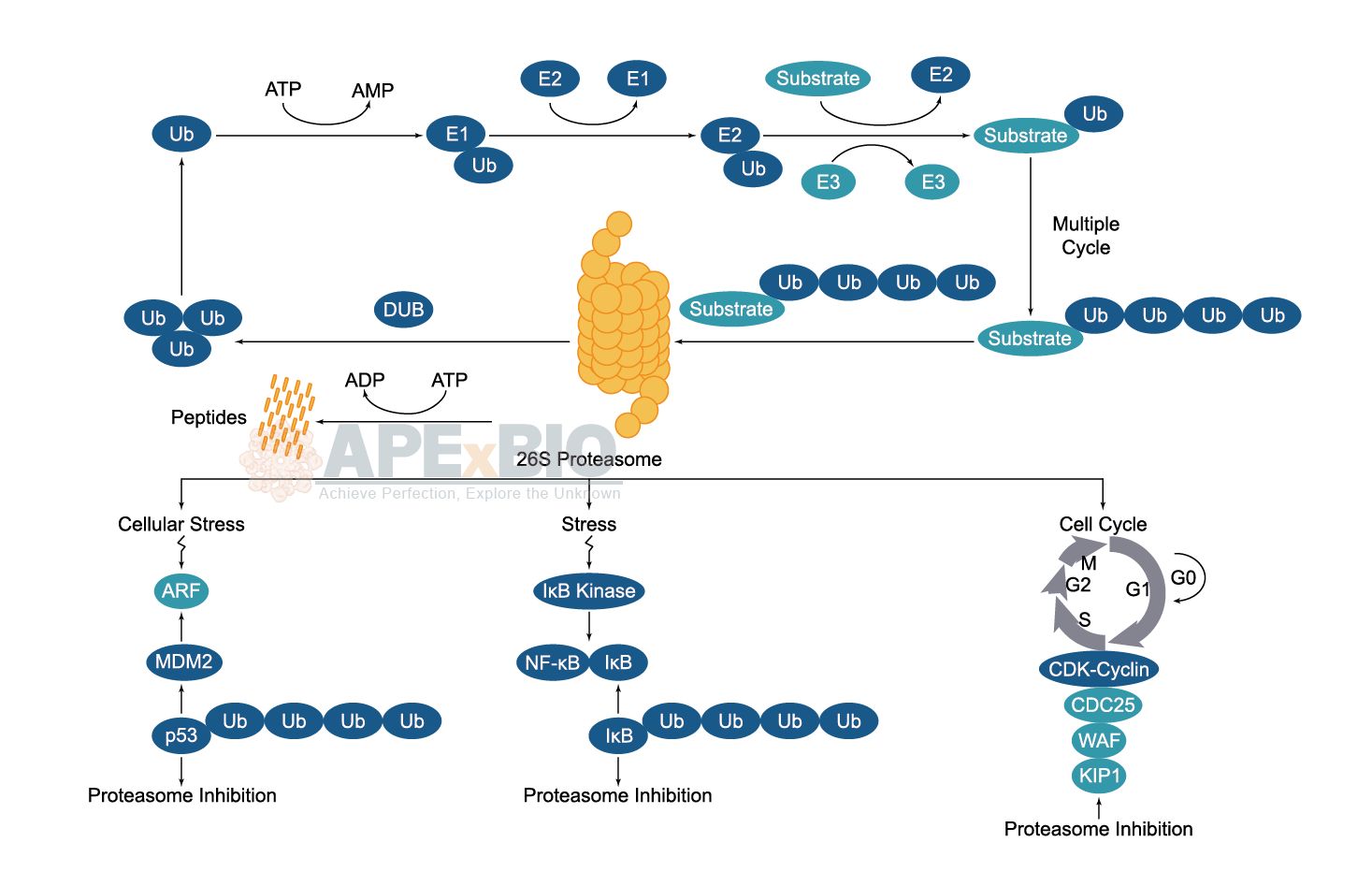
Once the substrate protein is labeled, proteasome will bind to a polyubiquitin chain, allowing the degradation of the labeled protein. The polyubiquitinated target protein is then recognized and degraded by the 26S proteasome. Deubiquitinating enzymes (DUBs) reverse the process of ubiquitination by removing ubiquitin from its substrate protein. Dysregulation of the ubiquitin-proteasome system has been linked to cancer, diabetes, cardiovascular and neurodegenerative diseases etc.
-
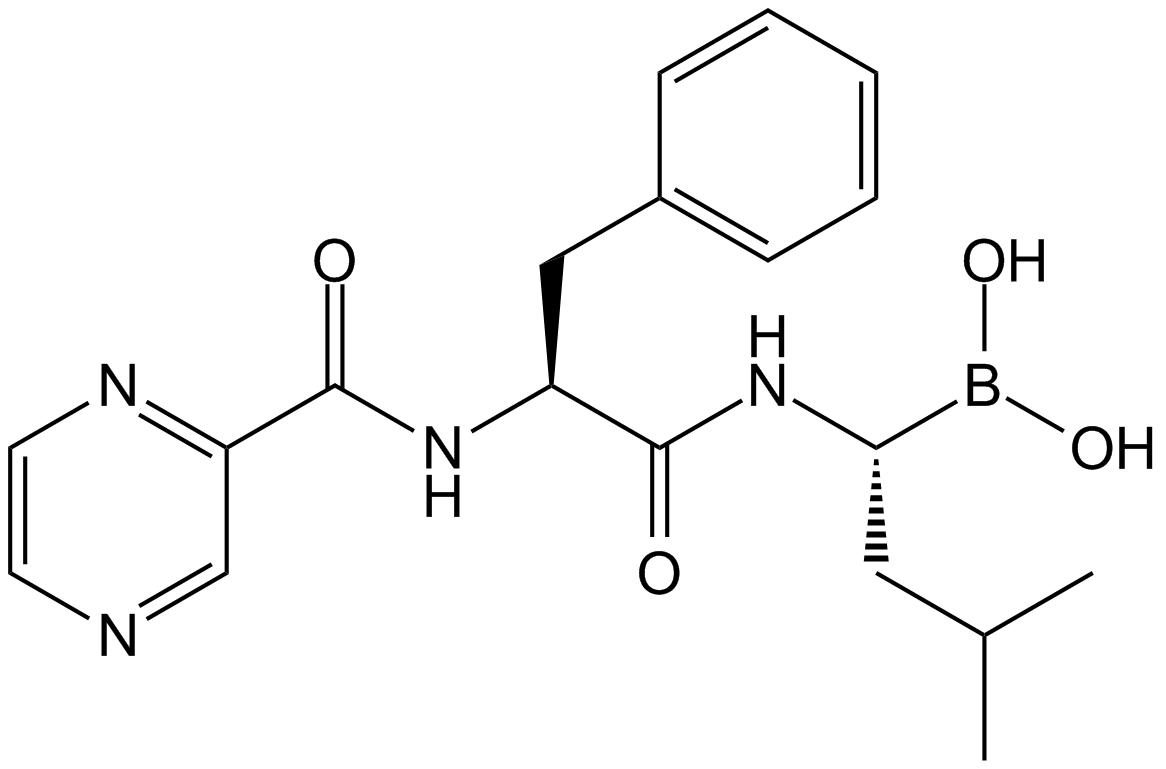 A2614 Bortezomib (PS-341)24 CitationTarget: ProteasomeSummary: Proteasome Inhibitor
A2614 Bortezomib (PS-341)24 CitationTarget: ProteasomeSummary: Proteasome Inhibitor -
 A1903 E 64d4 CitationSummary: Cysteine protease inhibitor
A1903 E 64d4 CitationSummary: Cysteine protease inhibitor -
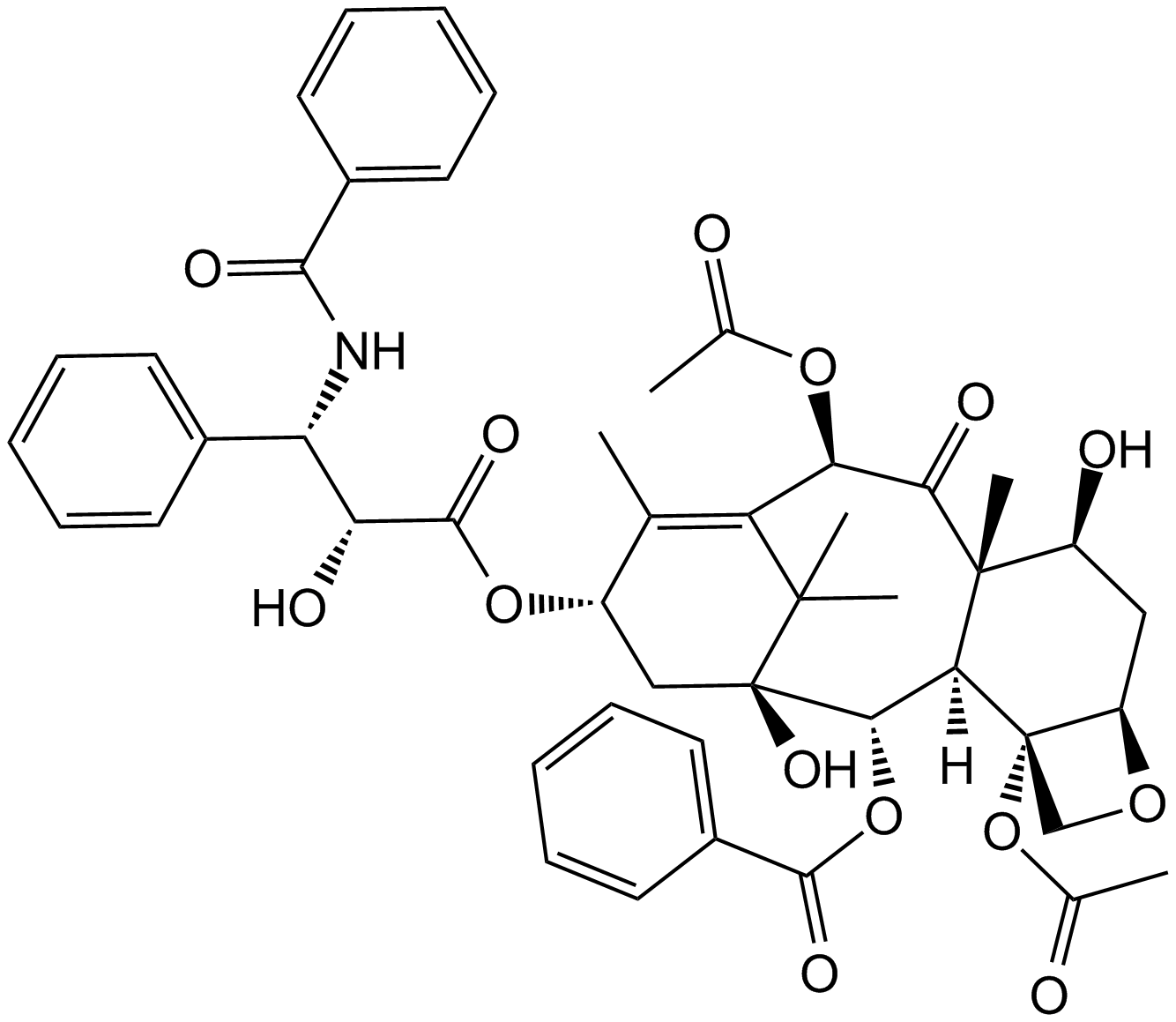 A4393 Paclitaxel (Taxol)4 CitationTarget: Microtubules/TubulinsSummary: Antineoplastic agent
A4393 Paclitaxel (Taxol)4 CitationTarget: Microtubules/TubulinsSummary: Antineoplastic agent -
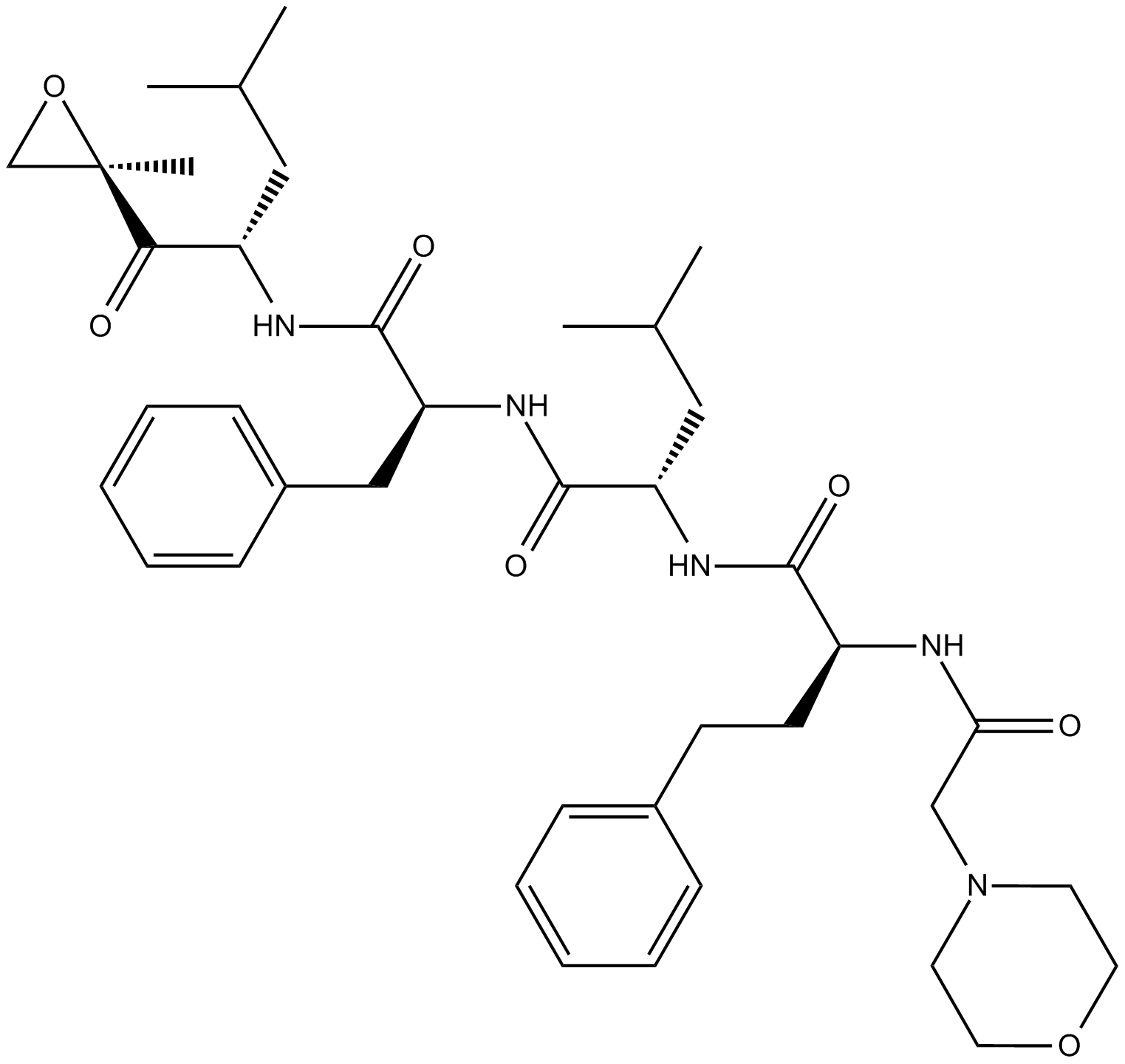 A1933 Carfilzomib (PR-171)10 CitationTarget: ProteasomeSummary: Proteasome inhibitor, epoxomicin analog
A1933 Carfilzomib (PR-171)10 CitationTarget: ProteasomeSummary: Proteasome inhibitor, epoxomicin analog -
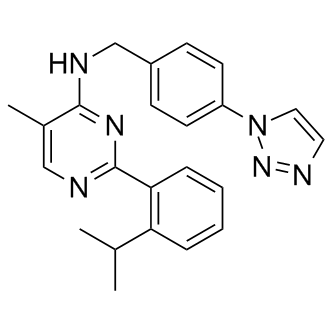 B1317 ML-323Target: Deubiquitinating enzymes (DUBs)Summary: USP1-UAF1 inhibitor
B1317 ML-323Target: Deubiquitinating enzymes (DUBs)Summary: USP1-UAF1 inhibitor -
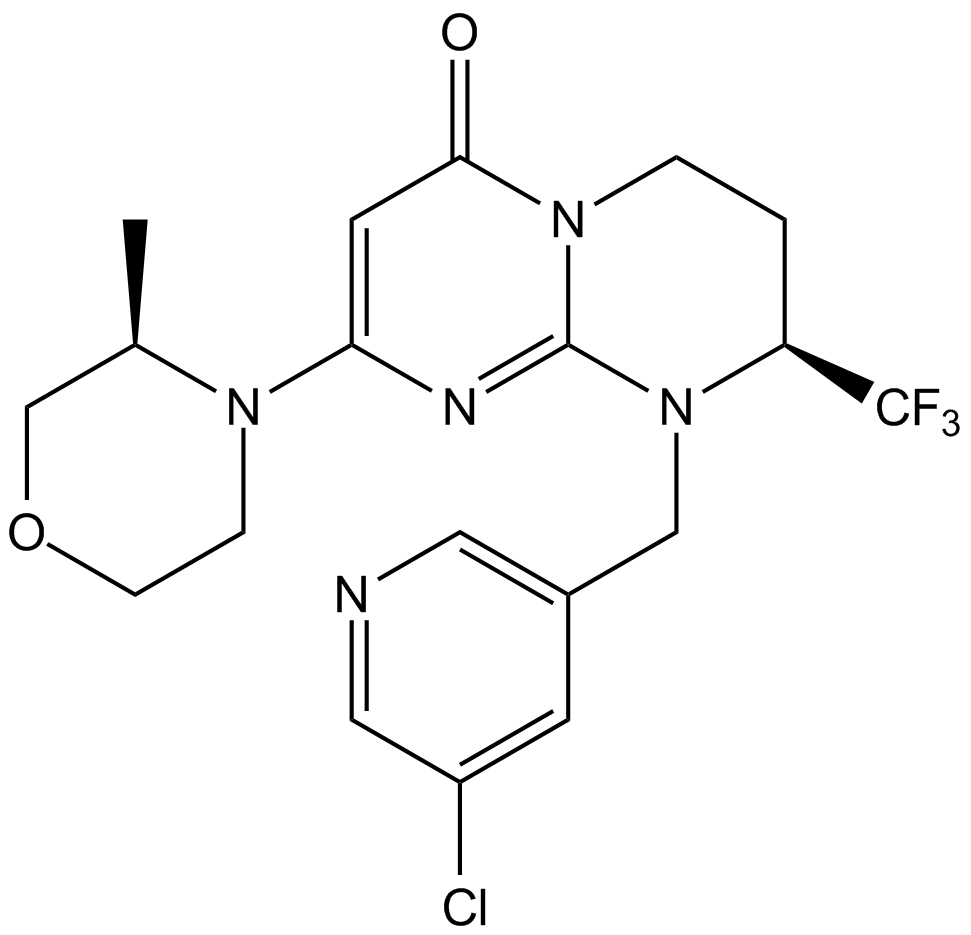 A8883 SAR40522 CitationSummary: Selective ATP-competitive inhibitor of Vps34
A8883 SAR40522 CitationSummary: Selective ATP-competitive inhibitor of Vps34 -
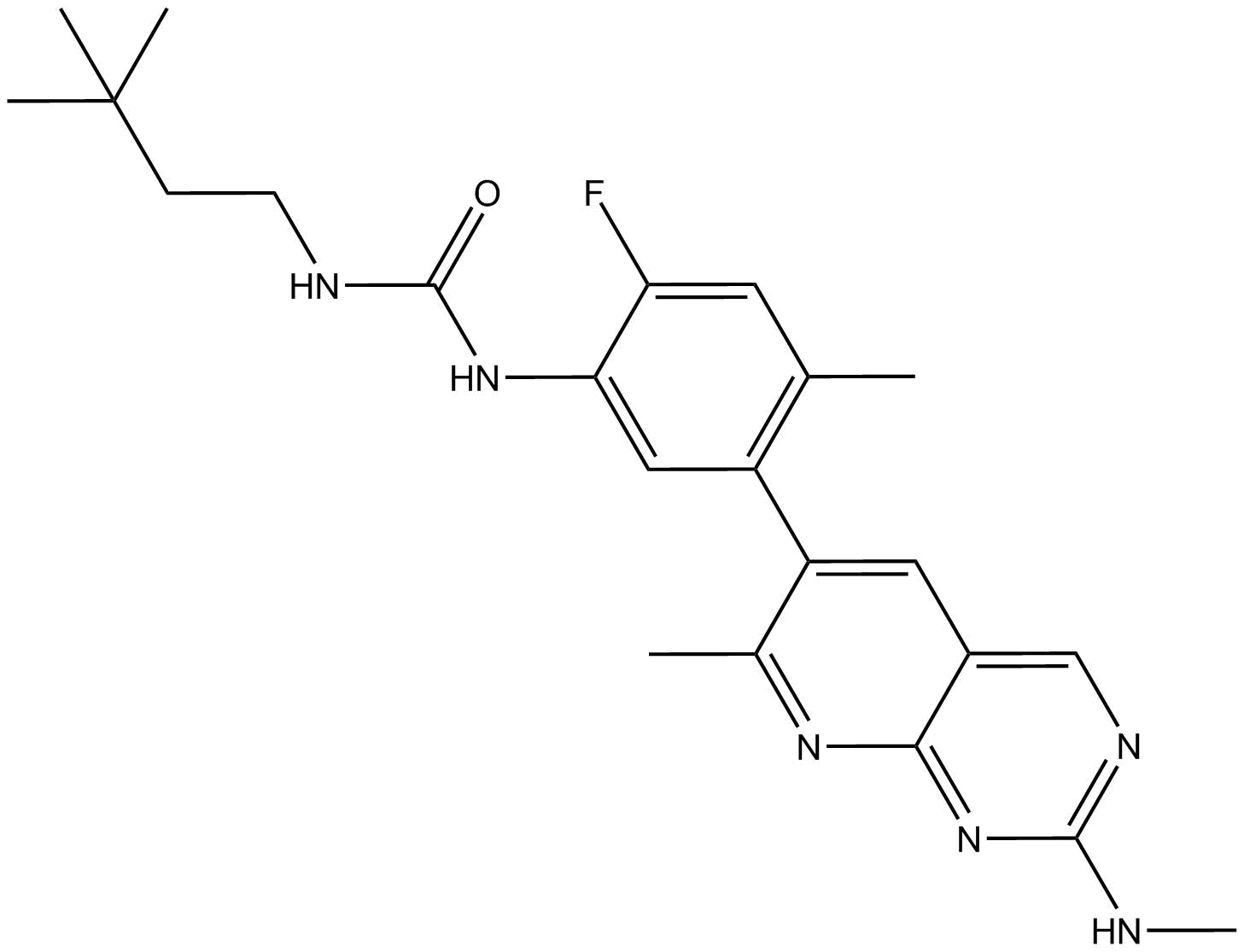 A8716 LY3009120Target: RafSummary: pan-RAF and RAF dimer inhibitor
A8716 LY3009120Target: RafSummary: pan-RAF and RAF dimer inhibitor -
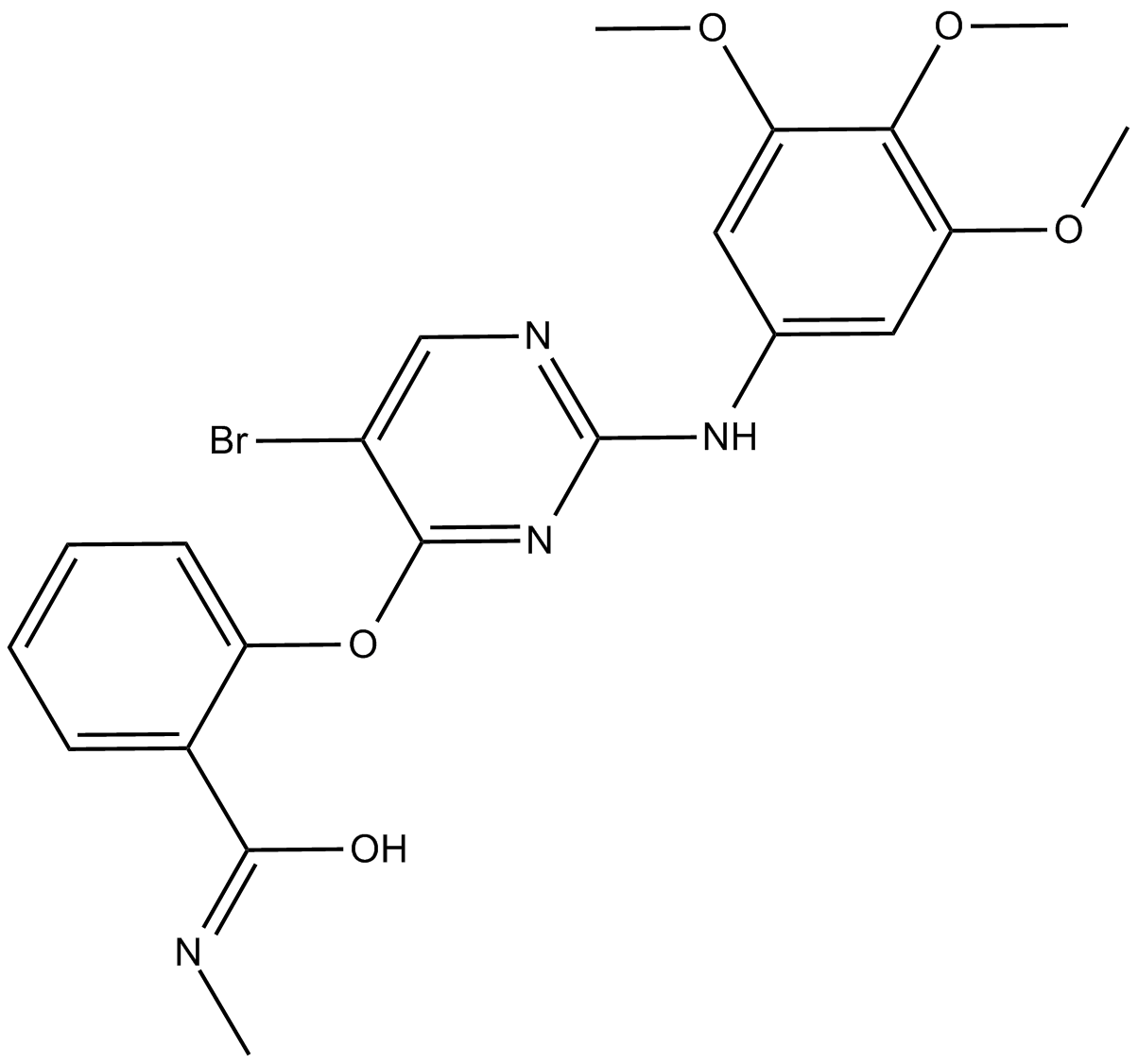 A8715 SBI-02069652 CitationTarget: ULK1Summary: ULK1 inhibitor
A8715 SBI-02069652 CitationTarget: ULK1Summary: ULK1 inhibitor -
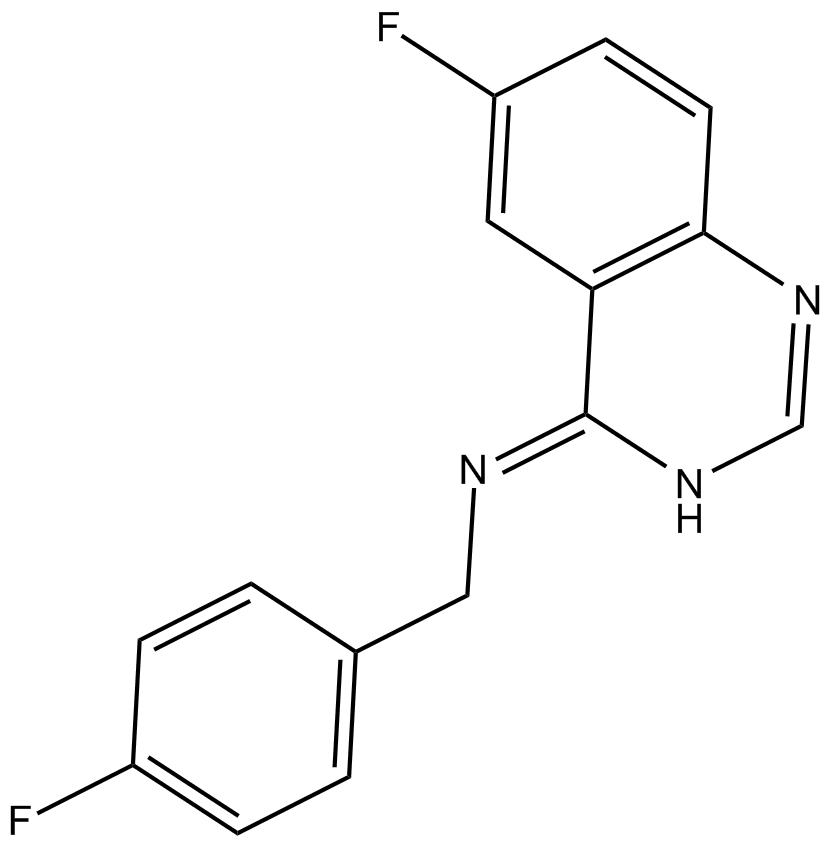 B5873 Spautin-11 CitationTarget: Deubiquitinating enzymes (DUBs)|AutophagySummary: Novel autophagy inhibitor
B5873 Spautin-11 CitationTarget: Deubiquitinating enzymes (DUBs)|AutophagySummary: Novel autophagy inhibitor -
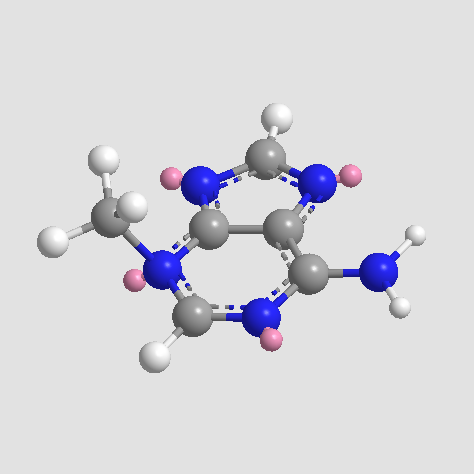 A8353 3-Methyladenine3 CitationTarget: PI3KSummary: Class III PI3K inhibitor
A8353 3-Methyladenine3 CitationTarget: PI3KSummary: Class III PI3K inhibitor

